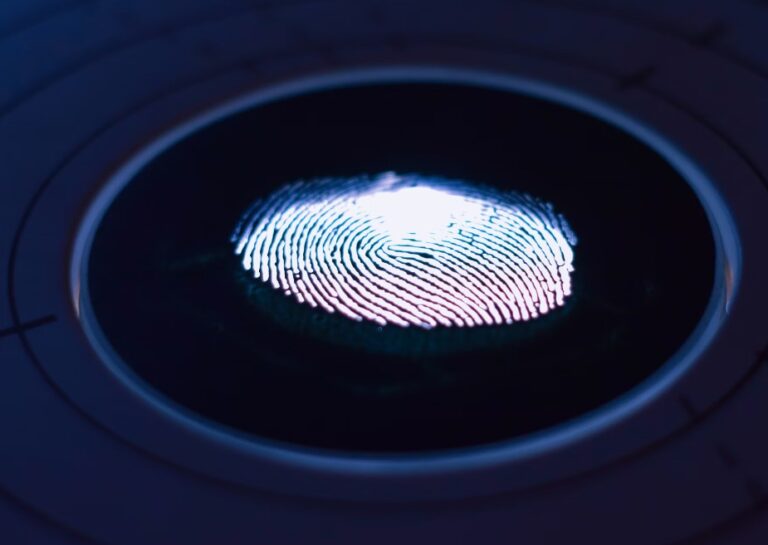Each fingerprint is different from the other: it is the golden rule of forensic science. Now, however, a study of the footprints based on artificial intelligence calls into question this granitic belief. The prints of different fingers of a single individual would actually be very similar and associated with the same person – except that until now we were looking at them the wrong way.
Table of Contents
Are fingerprints really unique?
For a long time it was believed that even fingerprints from different fingers of the same person have unique characteristics and are therefore very difficult to connect.
For example, if an alleged murderer leaves different fingerprints on two crime scenes, these two actions are difficult to connect from the fingerprints alone.
A group of scientists from Columbia Engineering without a background in forensic science wanted to test the validity of this assumption with the help of an AI.
The experiment
The team fed 60,000 publicly available fingerprints from a US database to an artificial intelligence system called a deep contrastive network. The prints were inserted “in pairs”: in some cases belonging to two different fingers of the same person and in others to different people.
Over time, the AI became increasingly capable of telling whether the prints belonged to the same individual, reaching an accuracy of 77% on a single pair of prints. But even higher when multiple pairs of prints were presented to it.
The precision obtained would already be about ten times higher than that currently possible for forensic investigations.
What about forensic analysis?
The discovery left experts so stunned that the paper had to knock on the doors of multiple scientific journals before finding an editor willing to publish it and grasp its potential for the sector.
But what alternative information has the AI evaluated, to cast doubt on decades of forensic analysis? The system was based on a different type of fingerprint marker. Not on the minutiae, i.e. the discontinuities in the ridges (the raised “lines” on the fingertips).
But on the comparison between the angles and curvatures of the whorls and rings in the center of the fingerprint. These elements would be similar when you have before your eyes two prints of different fingers of the same person.
AI innovates
Beyond the novelties it could bring for professionals, the discovery «is an example of how even a rather simple AI, with a rather normal dataset that the scientific community has had available for years, can provide insights that had eluded experts for decades” says Hod Lipson, one of the authors.
Read also: How Wall Street is using artificial intelligence to revolutionize finance












